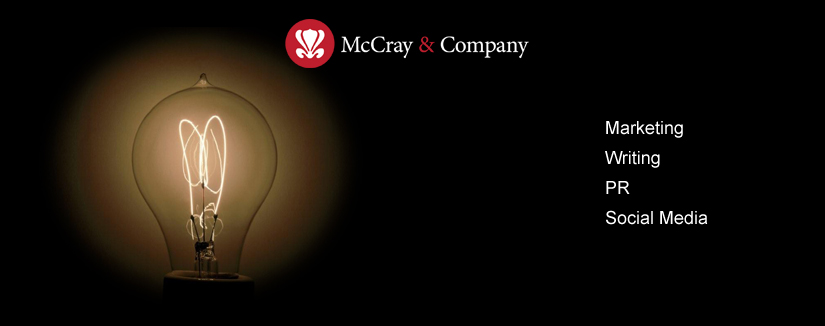They just keep coming. Unsolicited emails from people who want me to sign up for their email about their coaching service, business reinvention seminar, special offers for those group buying programs, yoga classes, webinars promising to make my business shine and so many more. Some of them were the annoying business card ninjas from the last networking event. You’ve met them. They hurl out their cards as if the goal of the event is to see who can get rid of the most cards without really making a personal connection. Others join groups to use their on-line forums to SPAM members. They paid the membership fee, right? They are entitled. After all their message isn’t SPAM. I’d like to share my response to one of these emailers, but this one was the second email from this uninformed email user.
Mary,
You might want to give some consideration about how you recruit for your email list. As a marketer who specialized in email, I’d like to share a few thoughts.
Using an organization’s forum is a shotgun approach and an unwelcome one to many members on the list. You don’t know who is on the list and risk offending someone. The term blast is probably the worst thing that happened to one of the most valuable marketing tools we have.
Experts like Seth Godin have so rightly proclaimed that it is not how many names you have on your list but who they are. To extend it a bit further, how well do you know them? When people opt-in, they are raising their hands and saying we want to receive your messages. We are interested in what you are selling, promoting or sharing. On the other hand, those of us who do not share your goals, your messages or have an interest in your products or services, your email is an unwanted intrusion. And, a waste of your time and resources.
There are other consequences that you may or may not know. If enough people mark your email as SPAM, you and your email tool or even your ISP will be blocked by the sender’s provider and you will not be notified. You’ll keep sending and your email will not reach anyone in the same email tool or ISP. Many companies make healthy profits helping people create messages that are sent to opt-in lists. They make even more money providing white-listing, a service that makes sure “legal” email gets to its recipients and straightening out issues that could blacklist a sender. Some ISPs take that black listing a step further, by creating a composite email reputation profile that rates a sender’s compliance with a number of issues including the number of recipients that mark email as SPAM. Get a bad score and you won’t be able to get through on a major ISP like Hotmail or Yahoo.
Some people believe that there is an implied opt-in with the option to let the receiver unsubscribe is a good policy. NOT. Many people are annoyed that you assumed that we would be interested in your message without really knowing if we are. The implied opt-in approach is a great way to generate a SPAM complaint and lose the opportunity to get your message out. You have just annoyed someone who won’t ever open your email again.
Another email no-no is to assume that anyone who gives you a business card at a networking event wants your email. Ask, make a note on the card and follow up with a personal thank you that explains when your first email will arrive and what it will contain. Savvy email marketers also go as far as to say how often they will send.
Populate your website with links to opt-in to your email, even at the bottom of every page. Add the link to your email signature and to your blog. Make it easy for people to stick up those hands and say yes.
I wish your well with your new undertaking, but please use email wisely to get the best results.
Marilyn

No comments yet.